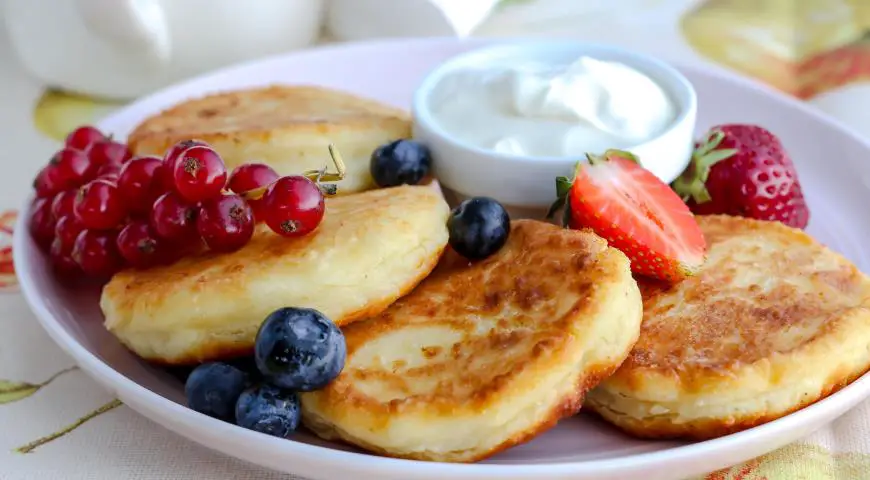Syrniki (Сырники) are cottage cheese griddle cakes, sometimes called “cheese fritters” in English. They are generally fried in vegetable oil to create crispy-on-the-outside, soft-on-the-inside medallions of warm, creamy goodness. Drizzled with sour cream, condensed milk, and/or jam, and served for breakfast or dessert, syrniki are particularly beloved in Russia, Ukraine, Poland, Belarus, and the Baltics.
Syrniki are an ancient traditional food. Although impossible to determine when they were first created, they, like “блины” (bliny), and “оладьи” (Russian pancakes), are sometimes associated with the ancient Slavic god, Ярила (Yarila); all three foods are round and yellow, like the sun, and were used to pay homage for a rich harvest and full table.
How They Got Their Name
(Почему они носят такое название?)
The word “syrniki” literally means “a thing made of cheese.” Syrniki are made from “творог” (tvorog), a type of “home cheese” or “cottage cheese” made by placing milk in a warm place. The fat content curdles and condenses and can then be strained out, creating a product that can be stored longer than plain milk.
Long ago, many Slavic languages referred to both soft white cheese and harder cheeses with one word: “сыр.” Today, in Russia, “сир” has evolved into “сыр.” About 300 years ago, a strict distinction between “сыр” and tvorog appeared in Russian. It was then that the influence of European cheese factories created a difference between the harder cheeses – which are more difficult and time consuming to make and thus became more commercial products. The simple, soft white cheese that could be made in a day became “tvorog,” which derives from the verb “творить” ‒ to form or make, create. Syrniki, however, retained their original name ‒ although the term “творожники” is also used in Russia in rare occurrences.
Interestingly, Ukraine has retained the original spelling of “сир” and does not use the word “творог.”
When and How to Eat Syrniki
(Как правильно есть сырники?)
Syrniki are commonly eaten for breakfast or dessert and are served with condensed milk, sour cream, “варенье” (a thick whole fruit preserve), jam, and/or honey. Perhaps most popular is adding both sour cream and “варенье.”
Syrniki are usually prepared at home and, like blini are generally associated with grandmothers and traditional cooking. However, in modern Central and Eastern Europe, they can be bought frozen, in restaurants, and even at fast-food franchises like “Теремок” (Teremok).
In theory, syrniki are a balanced dish: milk contains useful carbohydrates and fats, and lots of protein, vitamins, and minerals. However, just three cakes can carry a whopping 800 calories ‒ about half a day’s worth ‒ so go lightly!
How to Prepare Syrniki
(Как правильно готовить сырники?)
Tvorog can have different moisture levels and consistencies based on how it’s made (its brand), how old it is, and its fat content. Thus, сырники preparation can be rather whimsical and imprecise, but it is effortless once you’ve mastered the technique and know what consistencies you are looking for. You must find a sort of Zen between the basic ingredients of tvorog, eggs, and flour (maybe – flour is somewhat debated).
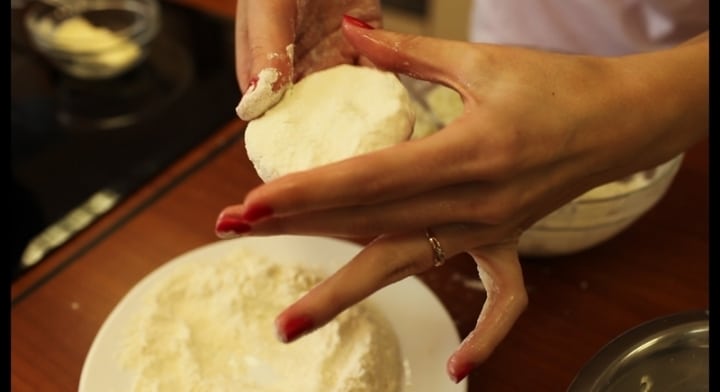
Most important is to use the right tvorog: it should be fresh, ideally homemade, and have 9% milkfat, but anywhere from 7-18% will do. You can test the творог by poking it through its package: if the dent stays, you have acceptable творог.
Those in America may have a hard time finding tvorog. You can actually order it online. Making it yourself is an even better solution. Mass-produced tvorog is made with rennet, an enzyme that causes the milk to curdle faster and harder. Tvorog made without rennet is softer and lighter – and makes better syrniki. Tvorog in America is sometimes sold as “quark,” so look for that as well. In an extreme pinch, you can use ricotta, which is similar in consistency and content and thus can give you a similar product. We recommend not adding sugar in that case (ricotta is naturally sweet), or telling a purist what they are eating.
Make sure the tvorog is of a homogeneous consistency before adding any other ingredients. For very fluffy syrniki, tvorog should be pressed and thoroughly dried before sending it “через сито” (through a sieve), “в блендере” (in a blender), or “размять вилкой” (mashed with a fork) until smooth. The more it’s dried the less need for “мука” (flour), which is ideal: less flour makes for fluffier, moister syrniki! Likewise, if the tvorog is too dry, add sour cream, yogurt or milk, otherwise the syrniki will turn out rubbery.
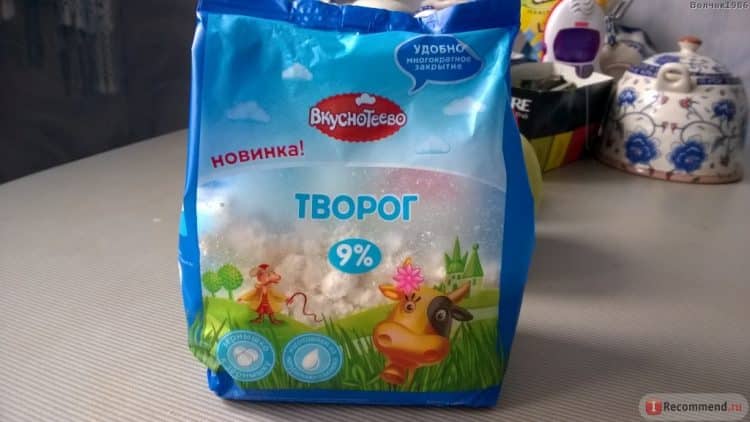
Don’t overdo it with the extra ingredients ‒ the tvorog taste is what’s to be featured. Those who like to add flavor to them will usually stop with vanilla and maybe “изюм” (raisins). They can also be made with chopped apricots, apples, pears, carrots, or even potatoes. Although less common, some like to prepare their syrniki with chives, dill, or garlic.
If you choose to add dried fruit like raisins, rehydrate them in warm water for 20 minutes before incorporating. Don’t use boiling water as it will destroy their skins and the finished dish will be mushy rather than full of juicy, beautiful raisins.
Many classic syrniki variations call for 1-2 “яйца” (eggs) per 500 grams of tvorog, while some call only for yolks, and other dietary-sensitive recipes call for only the egg whites. Whichever variation you follow, add them without fail! Your syrniki will fall apart without them. (But not too much, or you’ll have to add more flour or tvorog.)
Measuring dry ingredients can take some finesse and depends on the moisture content of the tvorog. Some cooks believe no мука should be used whatsoever. However, getting the mixture to hold together without flour can be challenging.
Stir the mixture by hand with a fork or wooden spoon. Using a high speed blender or whisk will give you crunchy syrniki, similar to meringue. It’s recommended to let the mixture stand and swell for about ten to thirty minutes before proceeding. However, it can be used immediately if you are impatient.
At this point, the syrniki dough should resemble a thick cottage cheese, so that you can easily roll up smooth, solid balls that don’t stick to your hands. Form the syrniki mixture into discs around a half inch thick and no bigger than your palm.
Syrniki should be fried using a good amount of oil over medium heat. This is also important – if the oil is too hot, you burn your syrniki on the outside while leaving them raw inside. If it’s too cool, the syrniki absorb the oil and become a greasy mess. Using generous oil allows them to cook more evenly and, if heated properly, will leave you will clean and practically grease-less product. For best results, use a thick, cast iron pan that will hold and distribute the heat well. Fry them until golden brown, about one to two minutes on each side, turning them using salad tongs. This is easier than using a spatula and will prevent them from splashing you with hot oil.
Some prefer their syrniki baked (any mass-produced or fast-food version you may have tried was probably baked, frozen, and then reheated). If you prefer yours “без масла” (without oil), bake them for ten minutes on either side. Here, too is a little secret ‒ after turning off the oven, syrniki should remain and set for at least five minutes. Alternatively, your discs can be tossed into boiling, salted water. Fully-cooked syrniki will float when ready, and may be removed with a slotted spoon. This technique will produce something more closely resembling “lazy dumplings,” another treat popular throughout Slavic lands, rather than the traditional syrniki. Some also steam the сырники rather than frying them to produce something slightly less fatty.
As you can see, syrniki preparation is whimsical and imprecise. You’ll find as many variations and techniques as there are cooks, but once you get the hang of it, you’ll be enjoying delicious tvorog fritters with friends and family – often. They are really good.
Syrniki Recipes
(Давай приготовим!)
 |
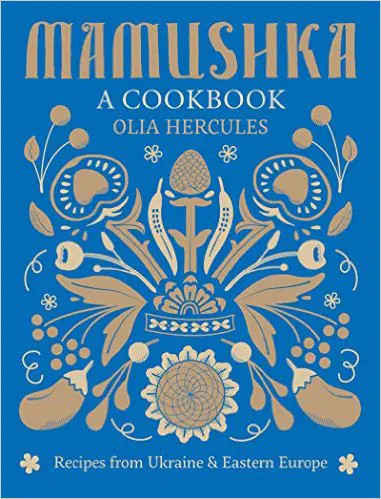 |
 |
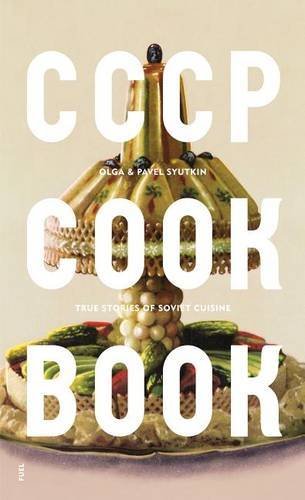 |
| Сырники | Syrniki |
Ингредиенты
Приготовление
|
Ingredients
Preparation
|
| Сырники с минимумом муки | Syrniki with Minimum Flour |
Ингредиенты
Приготовление
|
Ingredients
Preparation
|
Our Favorite Syrniki Videos
“Сырники как у бабушки” ‒ Syrniki like Grandma’s! “Бабушка Эмма” speaks Russian clearly and shows all of her tried and true tips and tricks.
Because Nutella makes everything better – including syrniki.
“Сырники по-американски” – Syrniki the American way! This video (in English) shows a variation of syrniki when traditional ingredients are unavailable. Plus, Alex is kinda funny.
An example of someone who calls these “творожники.” “Кухарим” makes syrniki the fast and easy way. Also, there’s a weird dance involved.
You Might Also Like
Kupala is an ancient Slavic holiday celebrating the summer solstice, or midsummer. Once part of a series of annual rituals, it marked and was believed to sustain agricultural cycles—essential to early human survival. Held as vitally important, these pagan traditions remained deeply rooted even after Christianization, technological change, and centuries of oppression tried to dislodge […] Easter breads such as kulich, paska, choreg, and nazuki are delicious Easter traditions. Easter is by far the most important religious holiday for those practicing Eastern Christianity. In addition to church services and egg dying, the holiday is also marked across the cultures by ritual bread baking. Despite the wide geographic area covered by Eastern […] Below, Tajik blogger Roxana Burkhanova describes, in Russian, the place of St. Petersburg in Russian culture. She discusses the city’s history as well as its literary heritage, its nightlife, and even how people from Petersburg speak their own, slightly different dialect of Russian. The text was originally written in 2015 and thus references times before […] Rites of welcoming spring and saying goodbye to winter are some of the oldest holidays preserved across Slavic cultures. In the Baltics, the celebrations were nearly lost after being suppressed by Catholic and imperial dominance. Today, Russia’s Maslenitsa is by the far the best-known, but multiple versions exist across the diverse Slavic landscape. In the […] This extensive list of web resources to assist students learning the Russian language was developed by SRAS and is now hosted on Folkways, part of the SRAS Family of Sites! Disclosure: Some of the links below are affiliate links. This means that, at zero cost to you, we will earn an affiliate commission if you […]
Kupala: Ancient Slavic Midsummer Mythology and its Modern Celebration
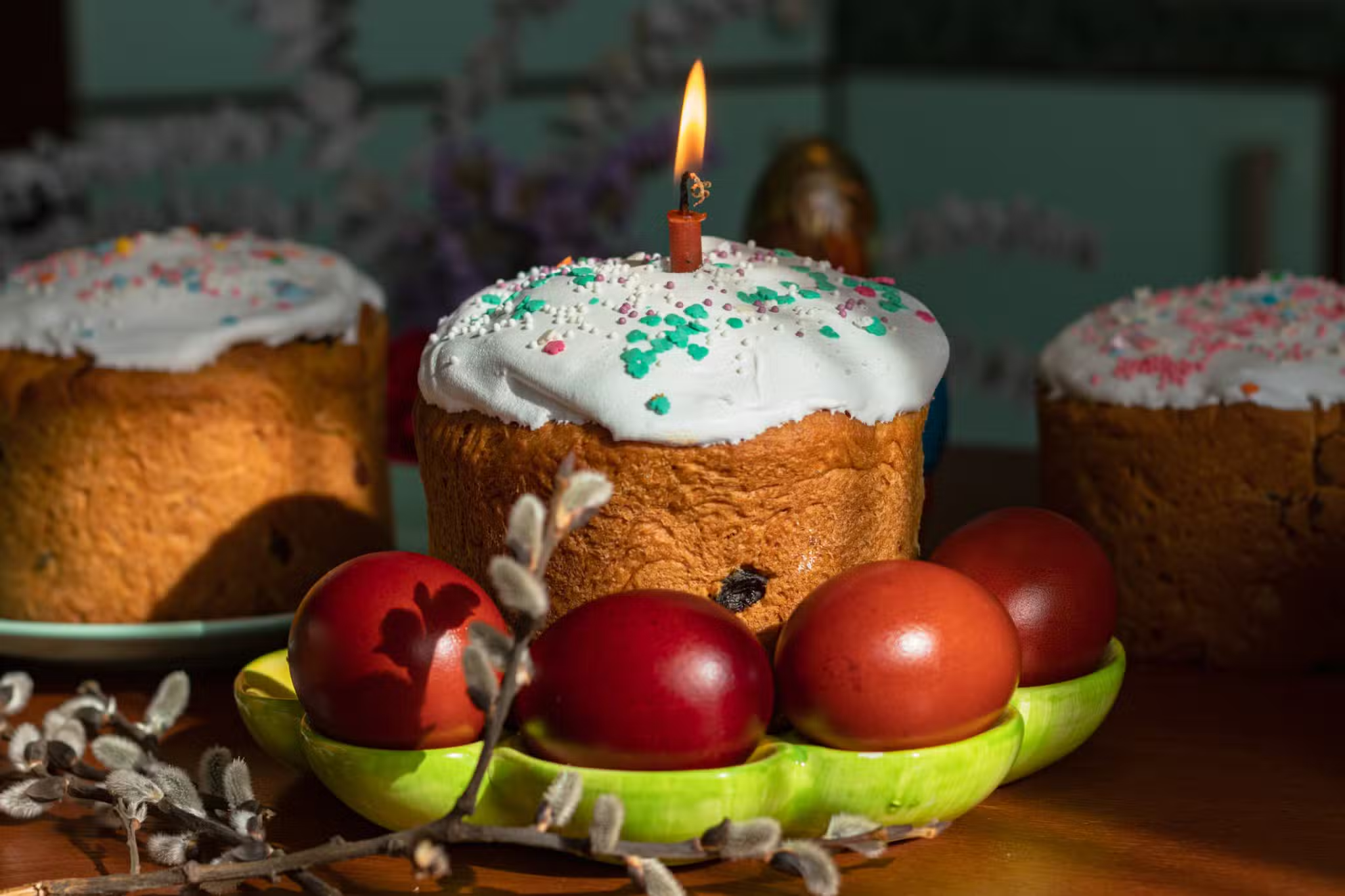
Kulich, Paska, Nazuki: The Easter Breads of Eastern Christianity
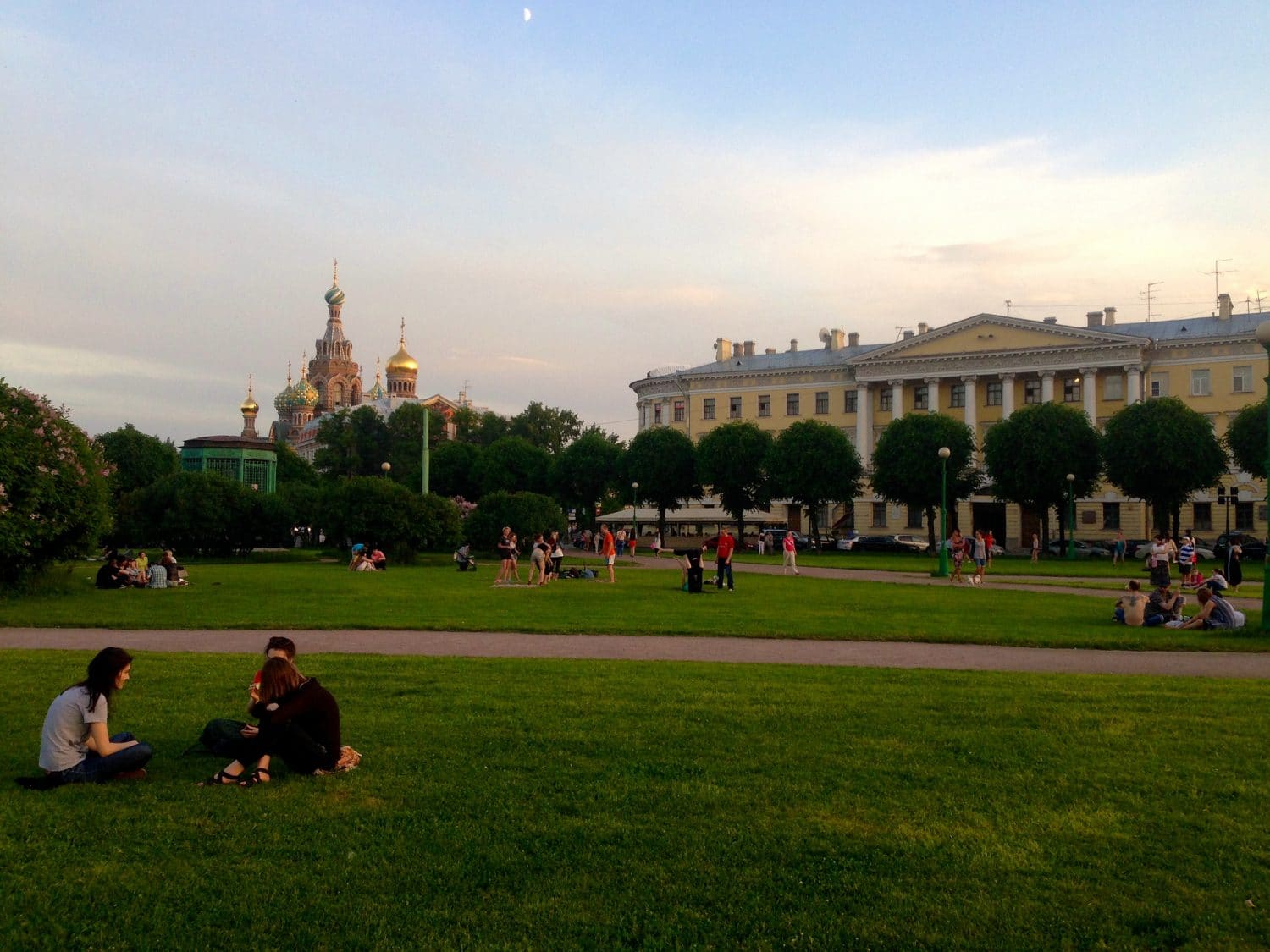
Off to Petersburg, Russia’s Cultural Capital: Моя Россия Blog
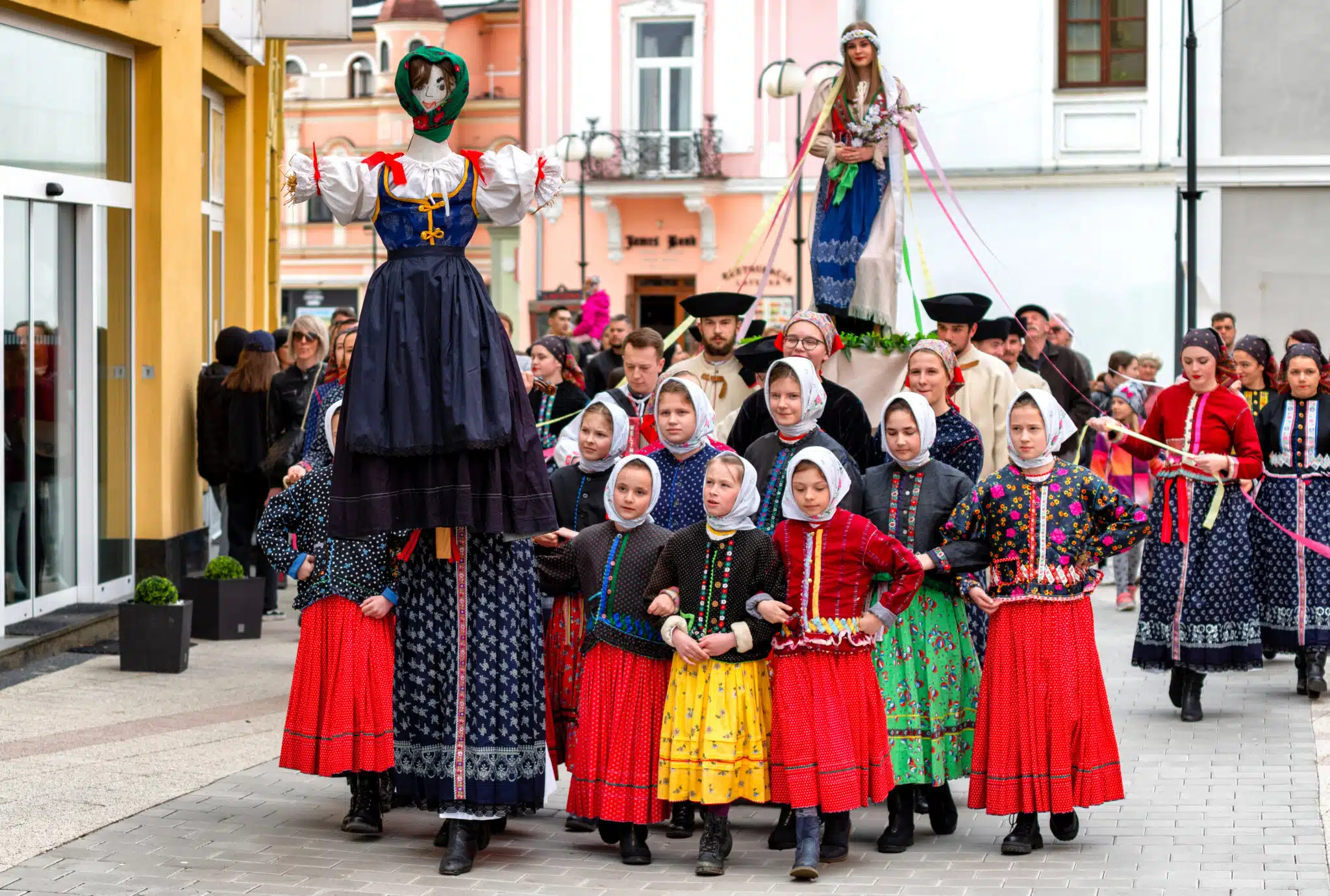
Maslenitsa, Masliana, Meteņi: Spring Holidays of the Slavs and Balts
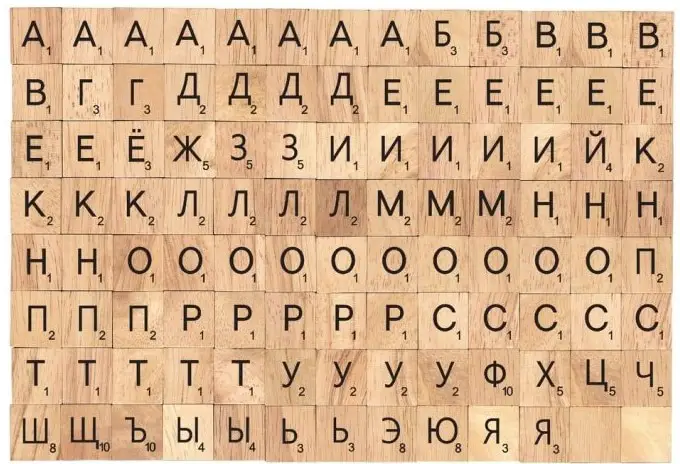
Resources for Students of Russian

